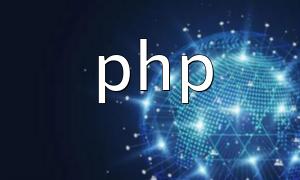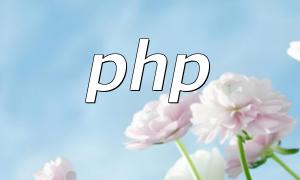In modern web development, PHP is widely used as a server-side language to handle various data formats, especially JSON. JSON (JavaScript Object Notation) is a lightweight, human-readable and writable data exchange format commonly used for front-end and back-end data interaction. This article focuses on techniques for concatenating JSON data within PHP, helping developers efficiently merge and manipulate JSON data.
JSON data concatenation refers to the process of merging multiple JSON objects or arrays into a single new JSON structure. This is particularly useful when integrating multiple data sources or constructing complex response data, simplifying front-end processing logic and improving data management efficiency.
PHP provides powerful built-in JSON handling functions that are easy to use and flexible, allowing developers to easily construct and merge different data structures based on requirements. Additionally, JSON’s concise format offers better performance compared to formats like XML, making it ideal for large-scale data exchange.
PHP offers two primary functions to handle JSON data:
The example below demonstrates how to merge multiple JSON data sets into one complete JSON object:
// Create multiple arrays
$data1 = array("name" => "Alice", "age" => 30);
$data2 = array("city" => "New York", "country" => "USA");
// Encode arrays to JSON strings
$json1 = json_encode($data1);
$json2 = json_encode($data2);
// Decode JSON strings into PHP arrays
$array1 = json_decode($json1, true);
$array2 = json_decode($json2, true);
// Merge the two arrays
$mergedArray = array_merge($array1, $array2);
// Encode the merged array back to JSON
$mergedJson = json_encode($mergedArray);
// Output the merged JSON
echo $mergedJson;When merging JSON data, it’s important to avoid duplicate keys that could overwrite data. For complex nested structures, recursive processing can be more effective. Additionally, ensure data security to prevent risks like cross-site scripting (XSS), maintaining application stability and safety.
Mastering JSON data concatenation in PHP significantly improves flexibility and efficiency in data handling. By leveraging built-in json_encode and json_decode functions combined with array operations, developers can easily integrate multiple data sources. We hope this guide helps you better manage JSON data in PHP and supports your project development.









